- Type:
- Serial No:
- Manufactured: 1955-1961(?)
- Manufacturer: Balda Kamera-Werk - Max Baldeweg Bünde
- Format: 120 6x6
- Shutter: Pronto metal leaf shutter
- Shutter speeds: B, 25, 50, 100, 200
- Lens: Enna Haponar 1:4.5/7.5 C
- Aperture: 4.5, 5.6, 8, 11, 16, 22
- Lens Serial No: 239251
- Lens mount: -
- Last CLA: 01/2012
I bought this neat 6x6 folder at the Mostra Scambio Imola in 2011. A German camera from an Italian oldtimer fair. It looks serious: rangefinder integrated into the viewfinder, auto-erect mechanism, self timer, shutter lock, frame counter, flash synch, what else do you need from a 6x6 folder?

The Hapo 66-E is a rebranded Mess Baldix. It was manufactured by the West German Balda Kamera-Werk and sold by Photo-Porst.
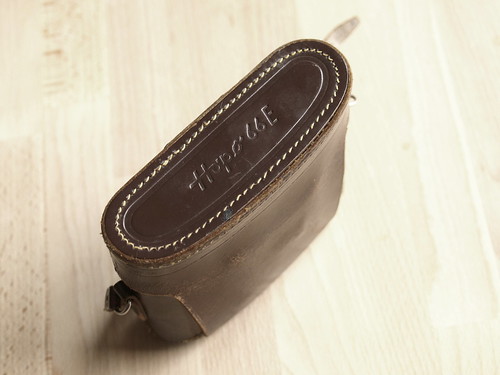
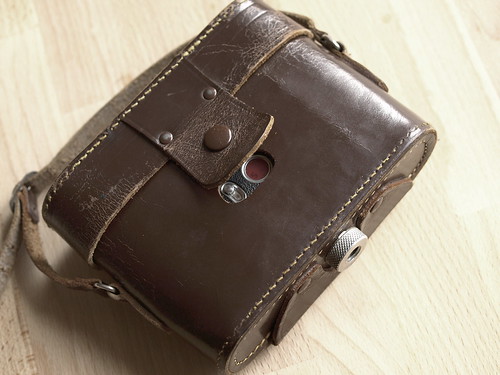
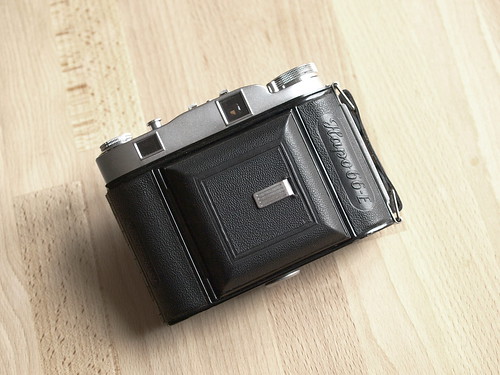

The coated lens seems to be rebranded as well: it's most probably an Ennagon from Enna Werk München (size, construction and comparative shots make it obvious but no written proof found so far).

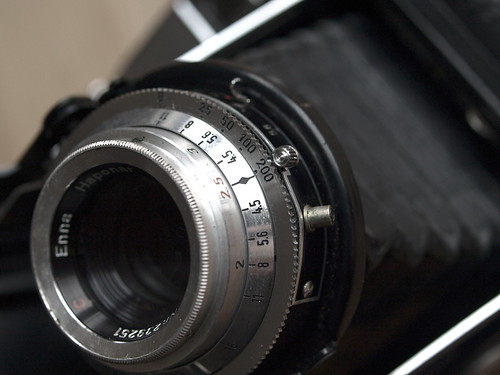
The shutter is an inexpensive pronto with very limited speed range from 1/25 to 1/200 and B. Film sensitivity has to be carefully matched to the light conditions. But you have a self timer lever marked with a red dot. Looks really cool.
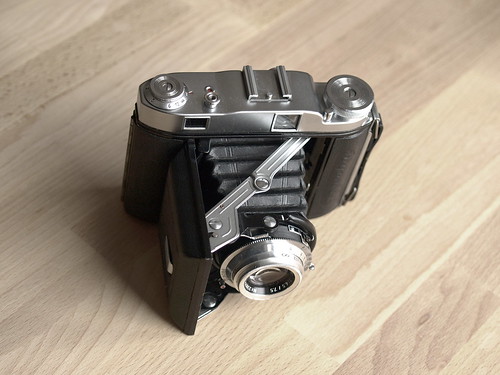
The rangefinder is uncoupled: you have to read the measured distance from the scale of the RF knob on the top of the camera and set the same distance on the focus ring of the lens. It seems to be a complicated and unreliable process but in fact the focus is dead on even in close distances. It just needs some time to be set.
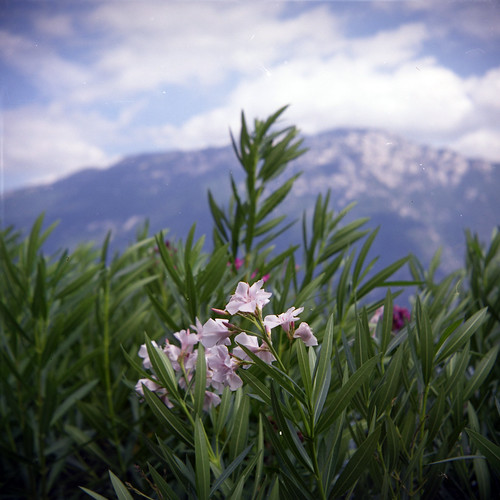
An interesting feature of the Hapo 66-E is the most complicated double exposure prevention mechanism of the known Universe. To be able to understand how it works, we have to know the film winding mechanism first.
After loading the 120 film you have to go to frame 1. To do this you have to turn the film wind knob counterclockwise until it stops then turn it clockwise until it stops and repeat it until you see the number 1 in the red window on the back of the camera. Be careful, this ratcheting wind is not aligned with the frame width so you have to stop somewhere in the middle of the turn, most probably.

Now we have to set the frame counter to 1.
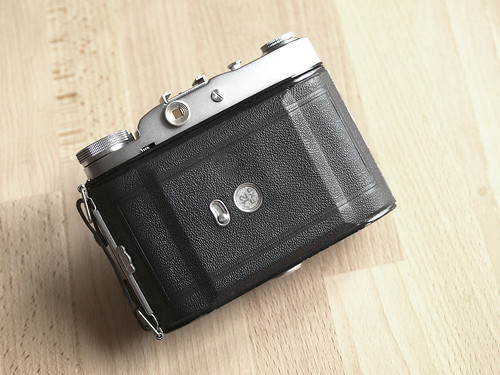
There is a little switch on the camera back between the viewfinder and the film wind knob. Push and hold it to the right. At the same time turn the film wind knob counterclockwise until it sets the frame counter back to 1.
And now let's see the double exposure lock. There is a little dot behind the shutter release button. It's white when the camera is ready to take a shot. It turns to red if the double exposure lock is activated by firing the shutter. The lock is deactivated by the racheting film wind mechanism when you turn the wind knob counterclockwise until it stops and turn it clockwise. It makes the little dot to be white again. Forget this and your shutter won't fire.
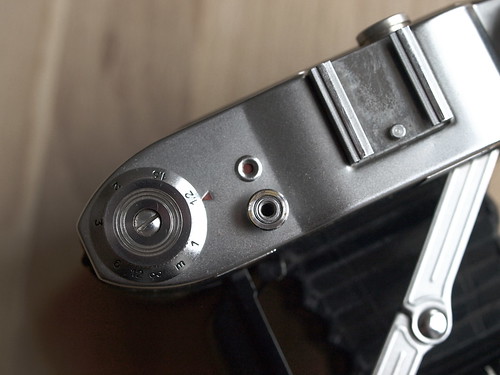
My overall impression of the camera is that it is solid and reliable, something that I could take with me for a motorcycle ride or for hiking without being afraid of breaking it and knowing that it worked for sure. The only real drawback of the Hapo 66E is the medium image quality it offers.
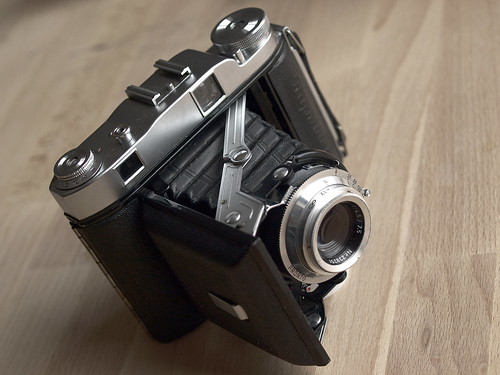
There are at least two versions of this camera: one with 3.5/75 Haponar lens and one with 4.5/75. The latter have inferior image quality: sharp at the center but blurry and distorted towards the edges. Vignetting is also noticeable. Even the better 3.5/75 shows signs of distortion and blurriness on the corners. Not a high quality Zeiss glass but the performance is acceptable at its price level.
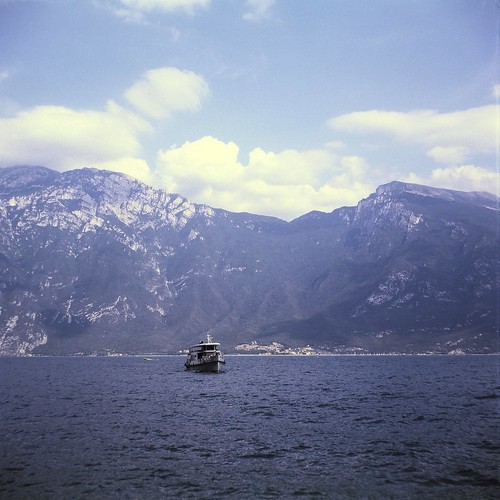
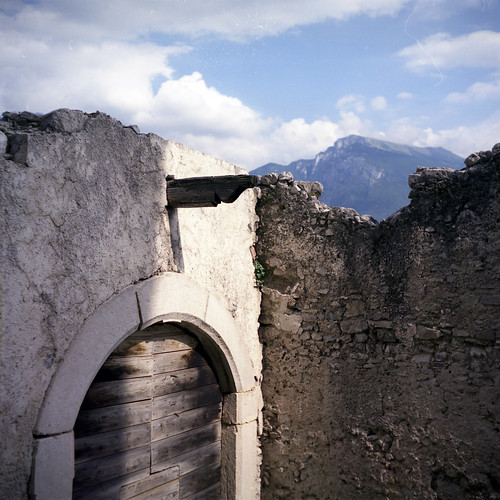
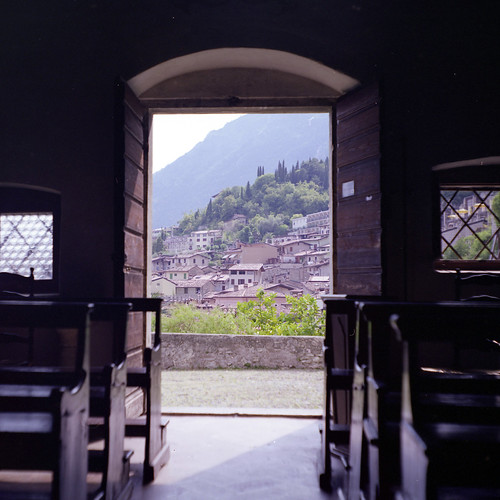
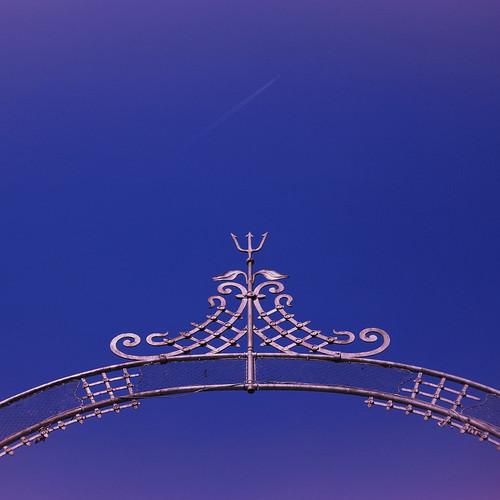
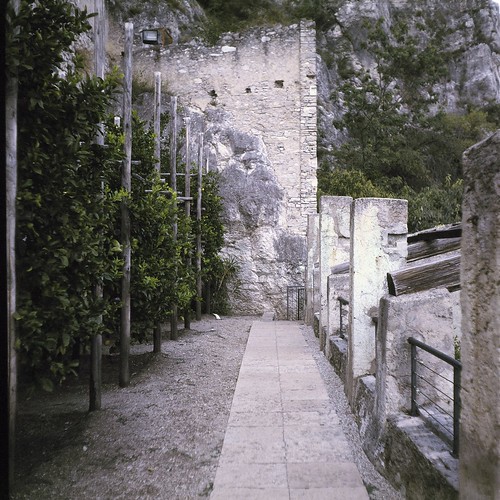
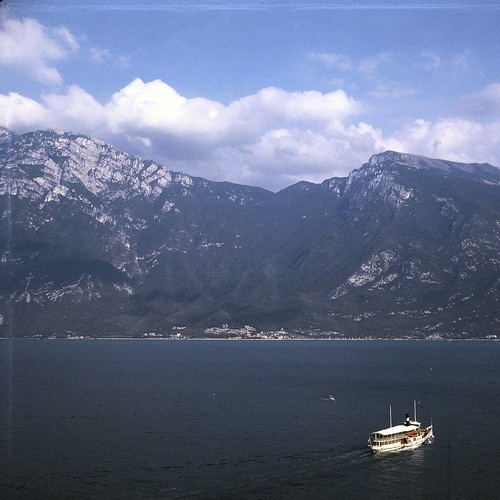

- User manual on Butkus.org
- Hapo 66-E on thecamerasite.net
- kamera-geschichte.de (in German)
- photo.net forum discussion on the manufacturing date
- Camerapedia - Mess Baldix/Hapo 66-E
No comments:
Post a Comment